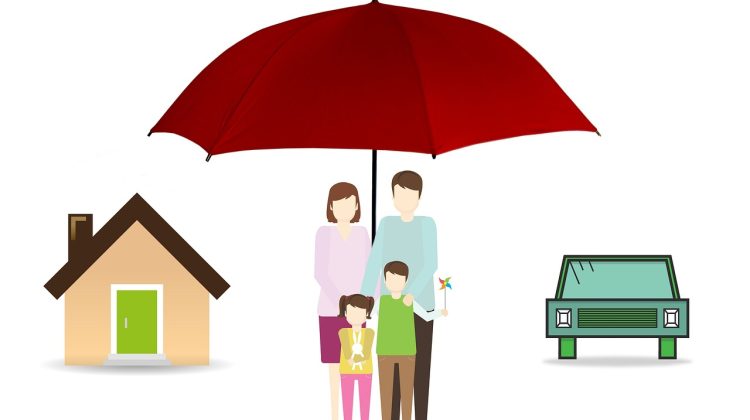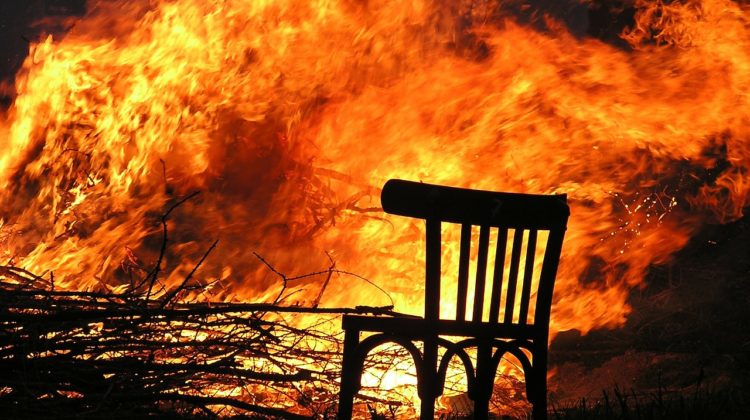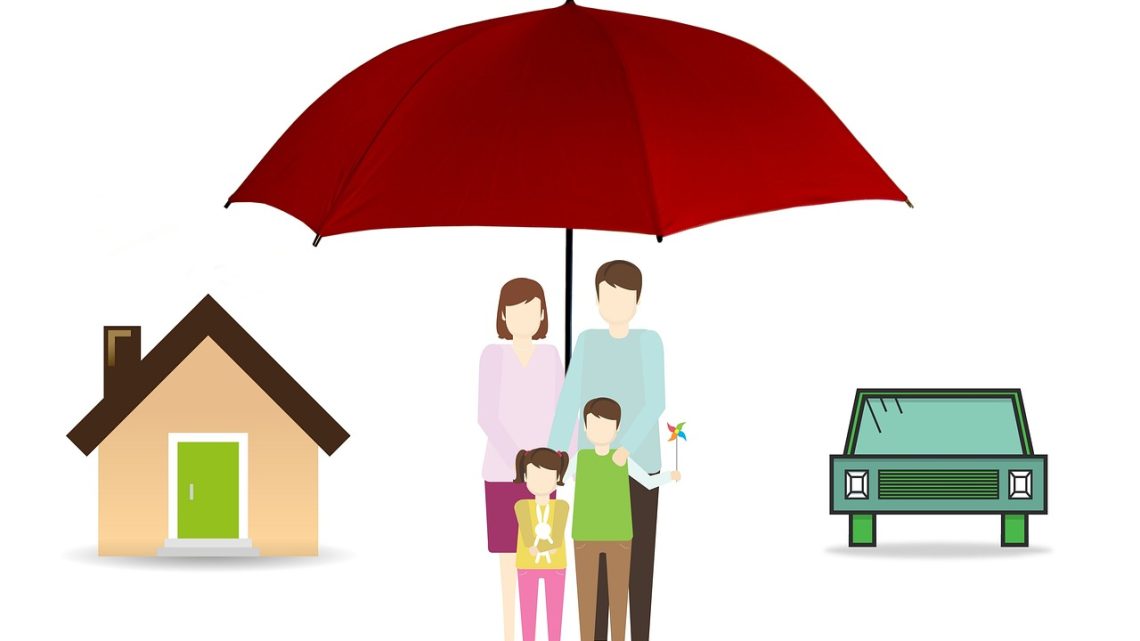Life insurance provides a benefit in the form of it policy amount to protect against the loss that arises from premature death. It is based on the insurable interest, or the potential that a direct financial hardship will occur due to the death of the insured. The insured is the individual whose life the death benefit is based on and upon whom we rate the risk.
The variables or factors used to determine life insurance rates are based on the habits of the individual. A risk is the potential for loss or a reduction in value. The loss of life produces a financial hardship for those left behind and can be assigned a value. Loss is the reduction in value that in life insurance can be loss of future earning potential or expenses incurred for funeral, bereavement, readjustment and moving forward.
The extent to which a reduction in value may occur is the loss exposure. This loss exposure is enhanced by perils that are situations, which cause loss, affected by these hazards:
– Physical hazard, which is some physical characteristic in the environment that presents a peril (i.e. a banana peel on the ground in front of where you are walking);
– Moral hazard that is based on an individual characteristic such as dishonesty, theft and fraud; and,
– Morale hazard, which is blatant disregard for the law such as driving under the influence of alcohol or driving over the posted speed limit.
The extent to which a person manages risk influences their rates. For example, smoking can be considered a morale hazard because we know that cigarette smoking is a major contributor to lung cancer. Knowing this and still engaging in the habit means that the person understands the risk but does not care. Since we also know that cigarette smokers die sooner than non-smokers, smokers pay higher insurance premiums for life insurance than do non-smokers.
Another factor that is considered when rating life insurance is the person’s health. This is a valid risk factor because we know that people who exercise are healthier than those who do not exercise and people who make healthier eating choices live longer than those who eat junk food. These are those morale and physical hazards that are measured by the insurance company and priced, based on the probability of it occurring. The more likely an event occurs, the higher the cost to insure.
Insurance companies are not in the business of paying claims. This statement may seem profound but it is a rational one. It benefits insurers and society as a whole if people live long healthy lives. This helps lowers insurance costs and make it easier to afford. The insurer looks at the rate of death or mortality potential within a classification, such as all 35 year-old males. This is based on the law of large numbers and risk pooling. In order for an insurable risk to be ideal, it must be measurable, produce a financial loss, which is indemnity, be accidental in nature (which is why suicide is excluded), and based on a large group. Lower probabilities occur in larger population groups, such as those ages 25 to 45 and higher probabilities in smaller older populations, age 65 to 85.
About the author
Full service insurance brokerage offers corporate and personal solutions. When looking for the best protection and information on Home Insurance, Car insurance Ajax, Health insurance, Commercial Insurance, Life Insurance options.










No Comment